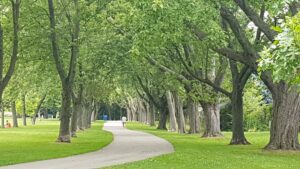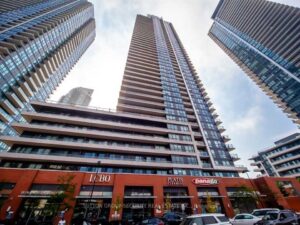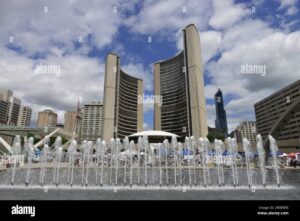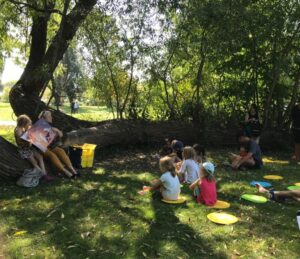A Lake Shore Blvd. W. Avenue Study is underway to develop new by-laws relating to more density and taller buildings from Brown’s Line to Dwight Avenue.
A report from the City Planning officials outlining ways to improve and beautify the Lake Shore Blvd. W. Corridor will be handed over to the Etobicoke York Community Council for consideration, then for approval by City Council next year.
Planning officials are proposing that buildings in the Brown’s Line to Dwight Avenue Corridor be allowed to build higher than four storeys and can go up to eight or 11 storeys depending on the size of the property. They want to increase the density to attract more people into the area.
The study will provide a ‘framework for establishing a complete community that supports overall quality of life for people of all ages, abilities and incomes.’
“This will be achieved through encouraging a range of housing options and creating an accessible and vibrant public realm,” according to officials.
A report with final recommendations is targeted for 2025 with a recommended Site and Area Specific Policy, Zoning By-law, and Urban Design and Streetscape Guidelines.
The study area is approximately four kilometres in length and includes Mixed Use Areas and Apartment Neighbourhoods. There are two Business Improvement Areas (BIAs) along the corridor.
Planning and Housing Committee officials said mid-rise buildings of up to eight or 11 storeys should be allowed along the Corridor.

Many residents hope the greenery and parks in the area does not change as it is what the area is known for.
Staff noted that there are areas with sub-standard sidewalk widths, lack of street trees, angled, perpendicular or parallel on-street parking, and lack of street furniture as benches, waste bins, bicycle post and lock up rings.
The vision for the Corridor is to provide a widened sidewalk zone that is ideally six metres between curb to building face to achieve a balance of sidewalk improvements, tree planting and furniture zones.
This may include the addition of bike parking, widening of the pedestrian clearway to meet current standards, and patio and marketing space.
In certain sections a reconfiguration and reduction of commercial boulevard parking may be required to facilitate these improvements.
The study is made up of 20 key stakeholders within the study area as well as local residents that expressed interest in participating in a more in-depth discussion.
More green and visitor-friendly space were suggested, along with some residents who wanted a cycle track in the community.
The study will help develop new by-laws and built form policies that relate to density, height, and other considerations between Brown’s Line and Dwight Avenue, according to the City.


